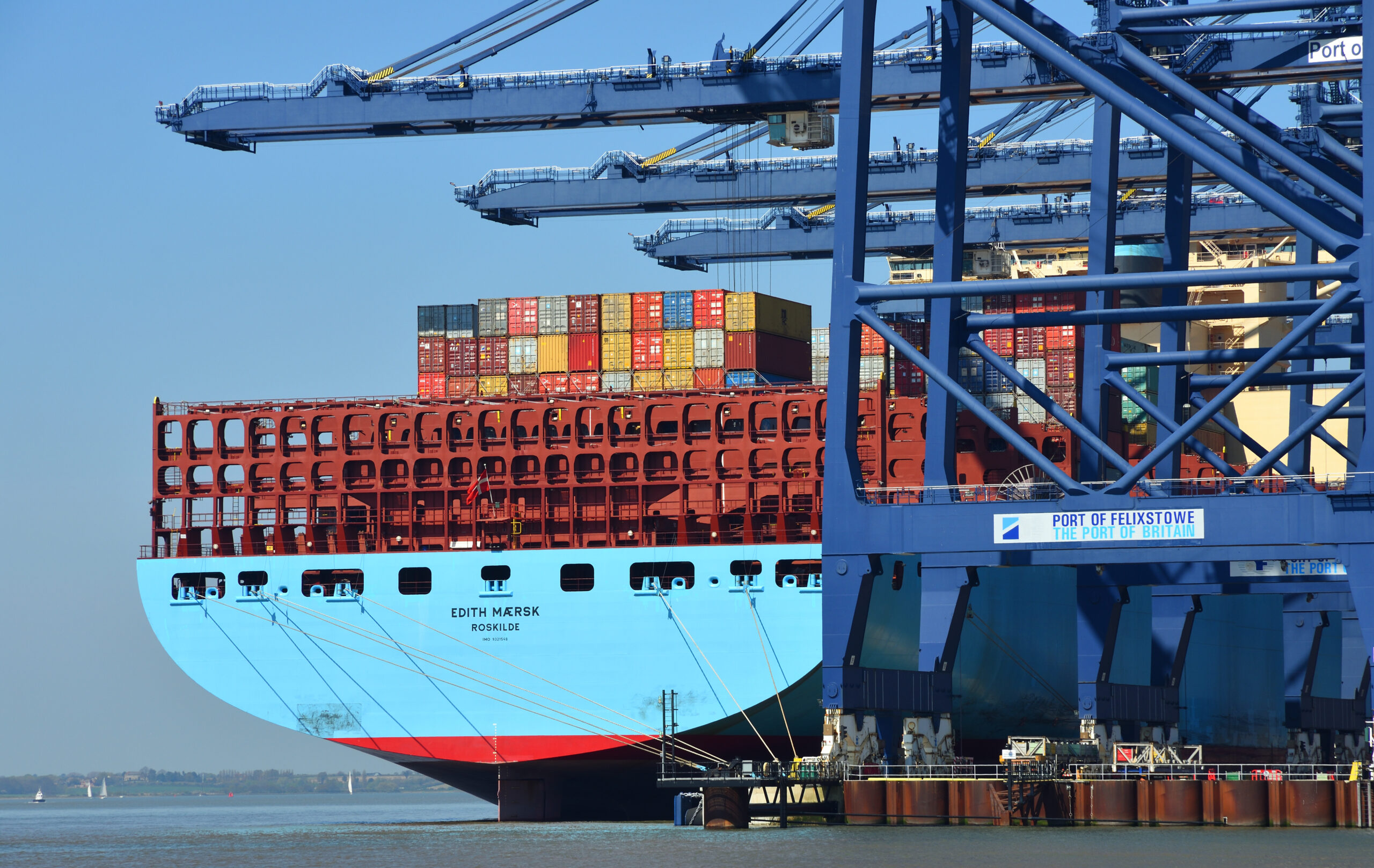HD Korea Shipbuilding & Offshore Engineering (HD KSOE) and its subsidiary, HD Hydrogen, have partnered with Norwegian classification society DNV to develop onboard carbon capture technology for fuel-cell powered vessels. The Joint Industry Project (JIP) will explore the integration of pressure swing adsorption (PSA) carbon capture technology with solid oxide fuel cells (SOFCs) to reduce carbon emissions at sea.
SOFCs are high-efficiency fuel cells that can generate electricity using a range of fuels, including natural gas, ammonia, or hydrogen. The JIP between HD Korea, HD Hydrogen, and DNV aims to harness the efficiency gains provided by SOFCs, while capturing the resulting emissions using PSA technology.
The PSA process is performed by periodic changes of pressure that capture and remove CO2 particles from exhaust gasses. By selectively extracting and releasing CO2, PSA technology can provide energy efficiency improvements of at least 40%, when compared with traditional CO2 absorption technologies.
While low- or zero-carbon fuels represent the maritime sector’s principal long-term decarbonisation solution, many shipowners are currently hesitant to invest heavily in alternative-fuelled ships due to the cost competitiveness of clean fuels. As a result, investing in bridging technologies represents a compelling short-term compliance solution.
‘Decarbonising shipping is a complex challenge, requiring a mix of solutions to bridge the transition to carbon neutral fuels’, commented Vidar Dolonen, Regional Manager for DNV Korea and Japan. ‘Energy efficiency measures and onboard carbon capture technologies can play a crucial role in reducing emissions while the industry works towards securing reliable supplies of alternative fuels. This collaboration represents an important step in exploring practical and scalable carbon reduction strategies for the maritime sector.’
PSA has emerged as one of the leading post-combustion carbon capture technologies in the maritime sector. Pressure-based separation incurs lower operating costs and produces less carbon emissions than conventional OCCS technologies. As Seunghwan Oh, Vice President of Business Development and Strategy at HD Hydrogen notes: ‘PSA technology is a key enabler in the era of Carbon Capture, Utilization, and Storage (CCUS). Integrating this technology with SOFCs, one of the most efficient power generation systems available, can substantially contribute to maritime decarbonization.’
Last year, HD KSOE invested US$80 million to acquire a majority stake in Finland-based Convion, a specialist in SOFC and solid oxide electrolyser cell (SOEC) technology. According to the International Energy Agency (IEA) and the International Renewable Energy Agency (IRENA), the hydrogen fuel cell and electrolysis market is projected to grow from USD$1.85 billion in 2023 to US$12.7 billion by 2030, with an annual growth rate of 30%. By 2040, when marine hydrogen fuel cells are expected to achieve full-scale adoption, the market is projected to exceed US$41 billion.
Despite its potential, PSA-SOFC integration remains an experimental technology. Questions persist regarding cost feasibility, operational reliability in marine environments, and the scalability of PSA systems for large vessels. OCCS raises the logistical challenge of handling and storing captured CO2, whether for offloading later at ports or for potential reuse in synthetic fuel production. As alternative fuel infrastructure is insufficient to meet IMO decarbonisation targets, transitional compliance solutions, such as this JIP, represent a pragmatic approach to emissions reduction.



